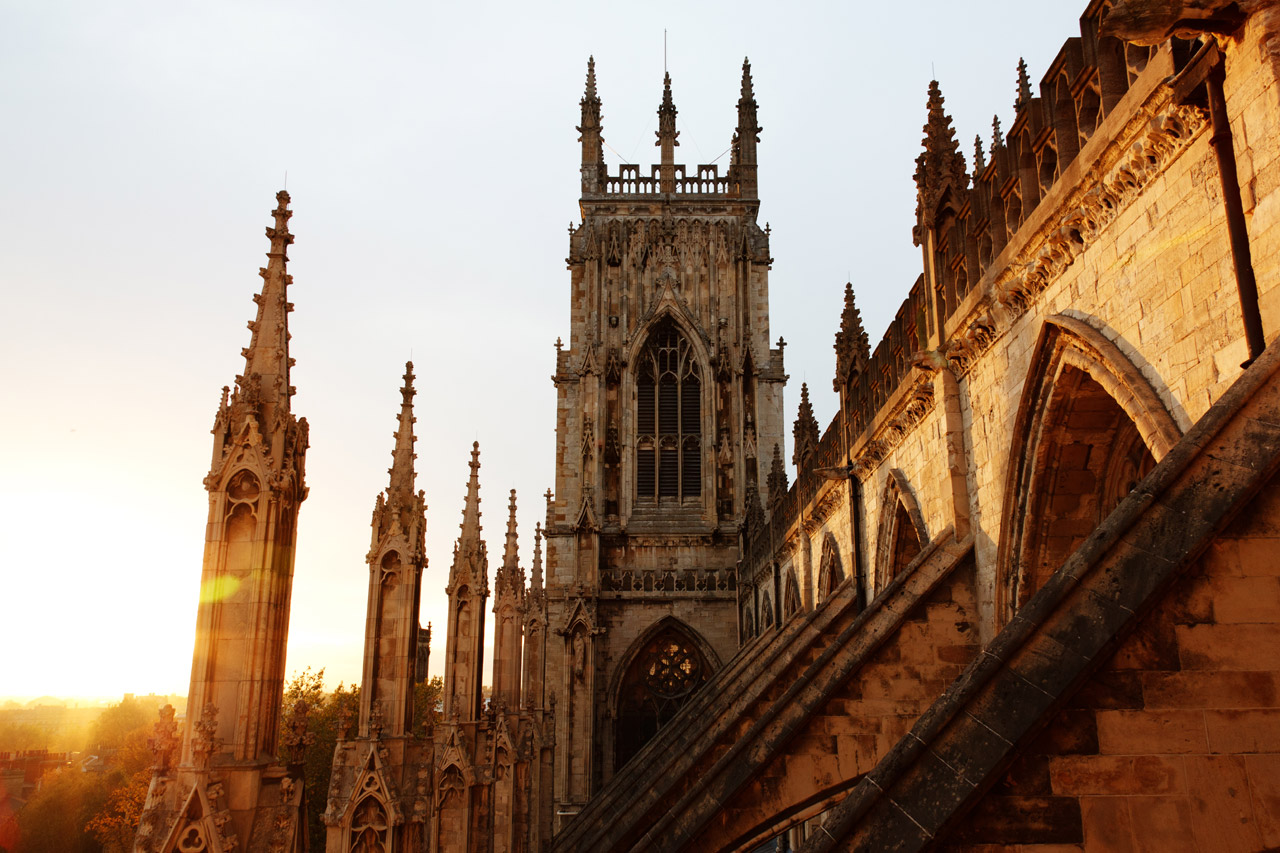
Introduction
Kolhapuri sandals, characterised by their unique handcrafted design and historical significance, are a staple of traditional Indian footwear. Originating from the Kolhapur region in Maharashtra, India, these sandals are not just fashionable; they represent a rich cultural heritage and craftsmanship that has been passed down through generations. As global interest in artisanal and sustainable styles grows, Kolhapuri sandals have found their way into the wardrobes of fashion enthusiasts around the world.
History and Craftsmanship
The tradition of making Kolhapuri sandals dates back to the 12th century, making them a symbol of longevity and culture. These sandals are traditionally made from locally sourced leather, with intricate designs and patterns crafted by skilled artisans. Each design is a reflection of the rich cultural tapestry of Maharashtra, often depicting motifs inspired by the region’s flora and fauna.
Current Trends and Popularity
In recent years, there has been a resurgence in the popularity of Kolhapuri sandals, both in India and internationally. This trend has been partially fuelled by a growing consumer consciousness around sustainable fashion and handmade products. Major fashion influencers have begun to incorporate Kolhapuri sandals into their ensembles, highlighting their versatility and comfort. As a result, many local artisans are receiving increased recognition and support, yet challenges still persist in preserving this traditional craft against modern manufacturing practices.
Challenges Facing Artisans
Despite their popularity, Kolhapuri artisans face significant challenges, including competition from cheaper, machine-made alternatives. The rise of fast fashion has diminished the demand for handcrafted goods, putting the future of this age-old craft at risk. Various initiatives, such as the Craft Revival Trust and local NGOs, are working towards sustaining these traditional skills by promoting fair trade practices and providing artisans with a platform to sell their products globally.
Conclusion
Kolhapuri sandals are more than just a footwear choice; they are a testament to the rich cultural heritage of Maharashtra and the artistry of its craftsmen. With a growing appreciation for sustainable fashion, these handcrafted sandals hold potential for a brighter future—a future where traditional craftsmanship is celebrated and preserved. For consumers, choosing Kolhapuri sandals offers a unique blend of style, comfort, and a connection to India’s own artisanal heritage. As we step forward, it is crucial to support such crafts, ensuring their stories and skills endure for generations to come.
You may also like

The Royal Opera House: A Jewel in London’s Cultural Landscape

Exploring the Historic City of York: A Cultural Gem
